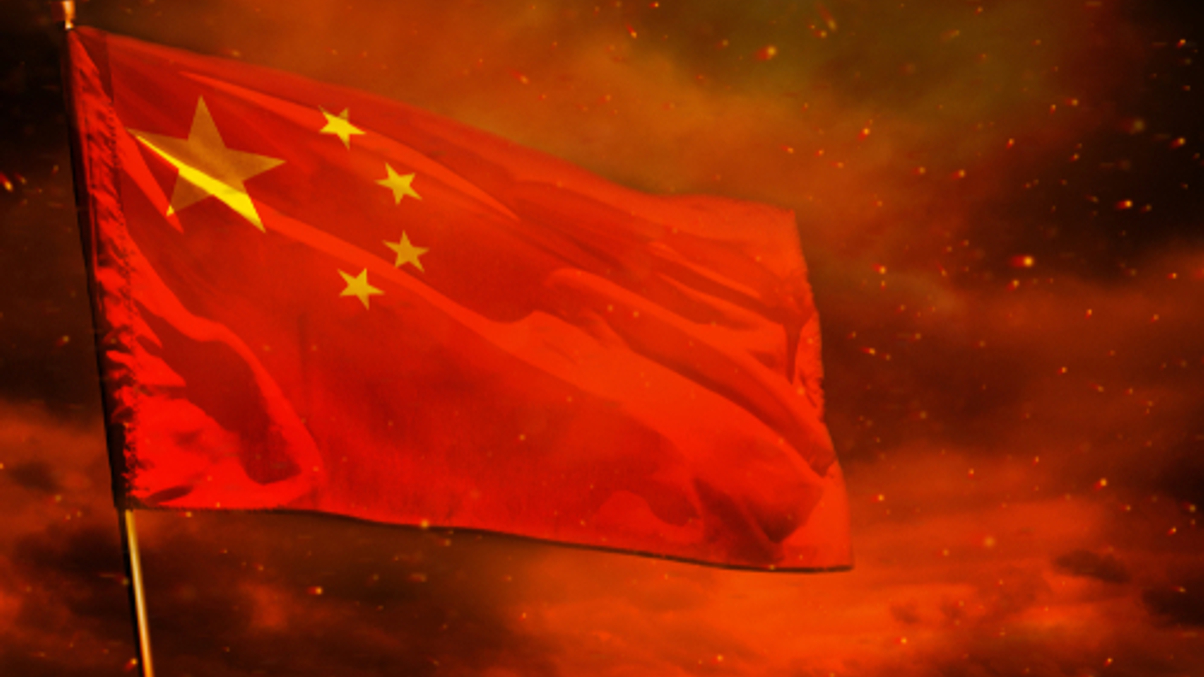China model seen challenged in “hostile” environment
The world's second-largest economy is set to continue growing at a faster pace than developed markets, but it must contend with bigger problems than before, say experts.

Leading China experts and investors remain bullish about the country's long-term growth story – at least outwardly. But there are more caveats than ever before because they see the Asian giant facing huge challenges in an increasingly hostile environment.
Sign in to read on!
Registered users get 2 free articles in 30 days.
Subscribers have full unlimited access to AsianInvestor
Not signed up? New users get 2 free articles per month, plus a 7-day unlimited free trial.
¬ Haymarket Media Limited. All rights reserved.


